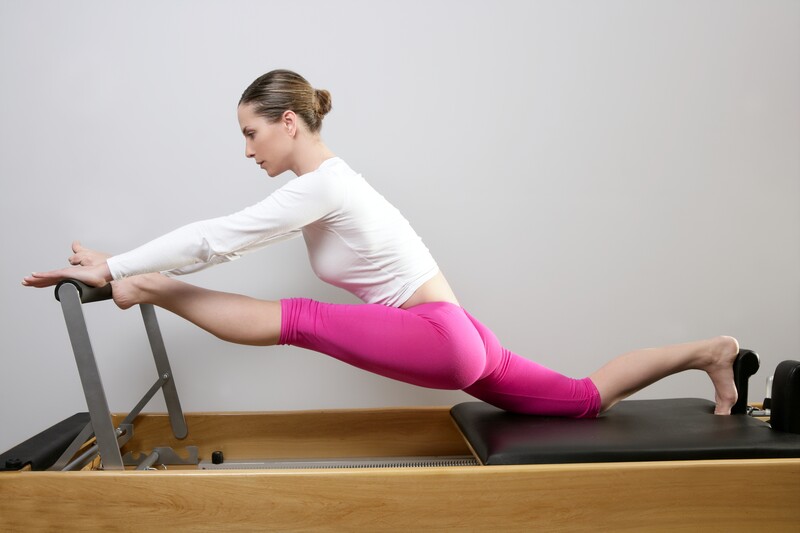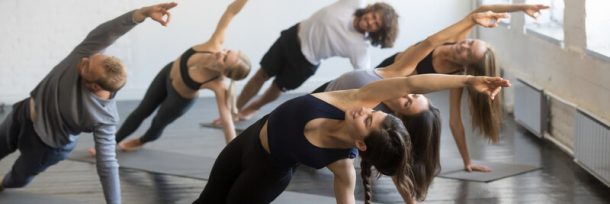The Reformer: Quick Guide and Alternatives
December 16, 2022
The reformer is an important tool often used in Pilates that can isolate muscles, add resistance, and allow for a full range of motion. It enhances the benefits of any Pilates routine, but with its platform, wheels, and pulley system, it can seem a bit daunting to beginners. And for those who perform their Pilates at home, purchasing a reformer is an expensive investment. Here’s what you need to know about the benefits of using the reformer and alternative solutions if you don’t have access to a reformer yourself.
Why Isolate Muscles?
When we move to accomplish something in real life, we tend to use a range of muscles to support our motion. While it is important to practice compound movements in our exercises to mimic those real-world patterns, isolation exercises help us to target specific muscles individually. Isolating particular muscles through specific exercises allows us to place an increased focus on weaker muscles in our body, or any muscles that we particularly want to enhance. Training those muscles in isolation eliminates our ability to call upon other, stronger muscle groups to support the movement like we can in compound exercises, making isolation movements a particularly good choice if you’re experiencing any muscle imbalance.
The reformer can be used to isolate specific muscles and force us to develop strength without help from surrounding muscle groups, which is especially beneficial if they are chronically under-used or are recovering from an injury.
Why Add Resistance?
Body weight exercises can be very fruitful and help you develop strength, to a point. Once you have trained your muscles to the point where you can move your body weight with relative ease, additional resistance is needed to continue challenging and strengthening your muscles.
Resistance training isn’t just for athletes who need to push their bodies to their limits, it is necessary for anyone who wants to improve their physical fitness. Bodyweight exercises are also resistance exercises, however, the intensity of that resistance is limited by the weight of your body. Increasing resistance with the help of tools like the reformer allows us to continue to challenge and grow our muscles once we’ve plateaued at the bodyweight level. When done in quick succession, reformer exercises can also boost your heart rate and improve your cardiovascular fitness too.
Why Focus on a Full Range of Motion?
Pilates movements on the floor do not always allow us to achieve a full range of motion. However, making each and every joint work through its full range of motion is important in order to maintain that range, especially as we age. It can be particularly important for those who are recovering from surgery or any injury which, without physical therapy, could end up limiting their range of motion. The reformer can allow you to move your joints through a full range of motion in ways that are more comfortable for you.
Alternatives to a Pilates Reformer
If you don’t see yourself investing in a reformer anytime soon, what are the alternatives? You can attend classes at studios which have reformers, or you can simply do mat Pilates without one. There are also several other more affordable equipment options which can enhance your Pilates workouts, including:
- Foam rollers
- Resistance bands
- Hand weights
- Weighted balls
- Stability balls
- Blocks
There are many ways to modify your core Pilates exercises with these tools. Talented instructors can show you how to make the most of your routine even when you don’t have a reformer. Sign up for a reformer class today with ABsolute Pilates or join in one of our matwork classes!

